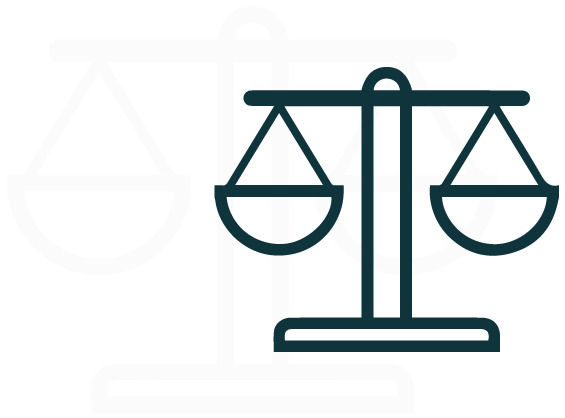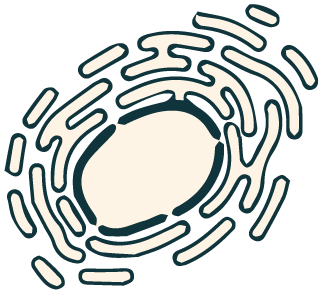This website uses cookies to ensure you get the best experience on our website.
- Table of Contents
Facts about Cryptochrome-1.

It's derived from the Latin roots'circa' (about) and'diem' (day) and acts as an important regulator of a wide variety of physiological functions such as metabolism, sleep, body temperature, blood pressure, endocrine, immune, cardiovascular, and renal function. Consists of two significant components: the central clock, living in the suprachiasmatic nucleus (SCN) of the brain, and the peripheral clocks which are found in virtually every tissue and organ system.
| Human | |
|---|---|
| Gene Name: | CRY1 |
| Uniprot: | Q16526 |
| Entrez: | 1407 |

| Belongs to: |
|---|
| DNA photolyase class-1 family |

CRY1; cryptochrome 1 (photolyase-like); Cryptochrome I; PHLL1; PHLL1cryptochrome-1; photolyase-like cryptochrome 1
Mass (kDA):
66.395 kDA

| Human | |
|---|---|
| Location: | 12q23.3 |
| Sequence: | 12; NC_000012.12 (106991364..107093872, complement) |
Cytoplasm. Nucleus. Translocated to the nucleus through interaction with other clock proteins such as PER2 or ARNTL/BMAL1.




PMID: 8909283 by Hsu D.S., et al. Putative human blue-light photoreceptors hCRY1 and hCRY2 are flavoproteins.
PMID: 8921389 by van der Spek P.J., et al. Cloning, tissue expression, and mapping of a human photolyase homolog with similarity to plant blue-light receptors.